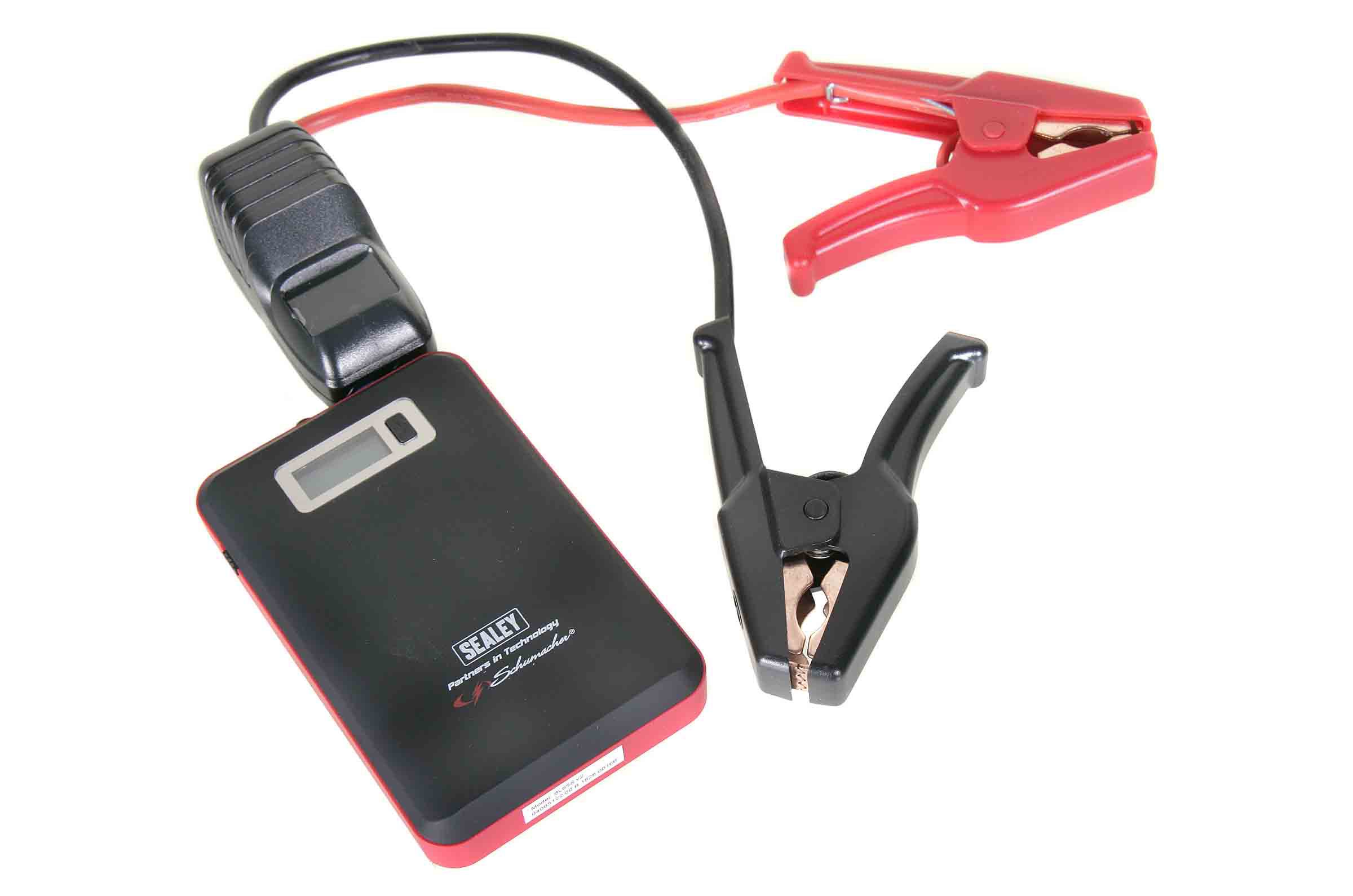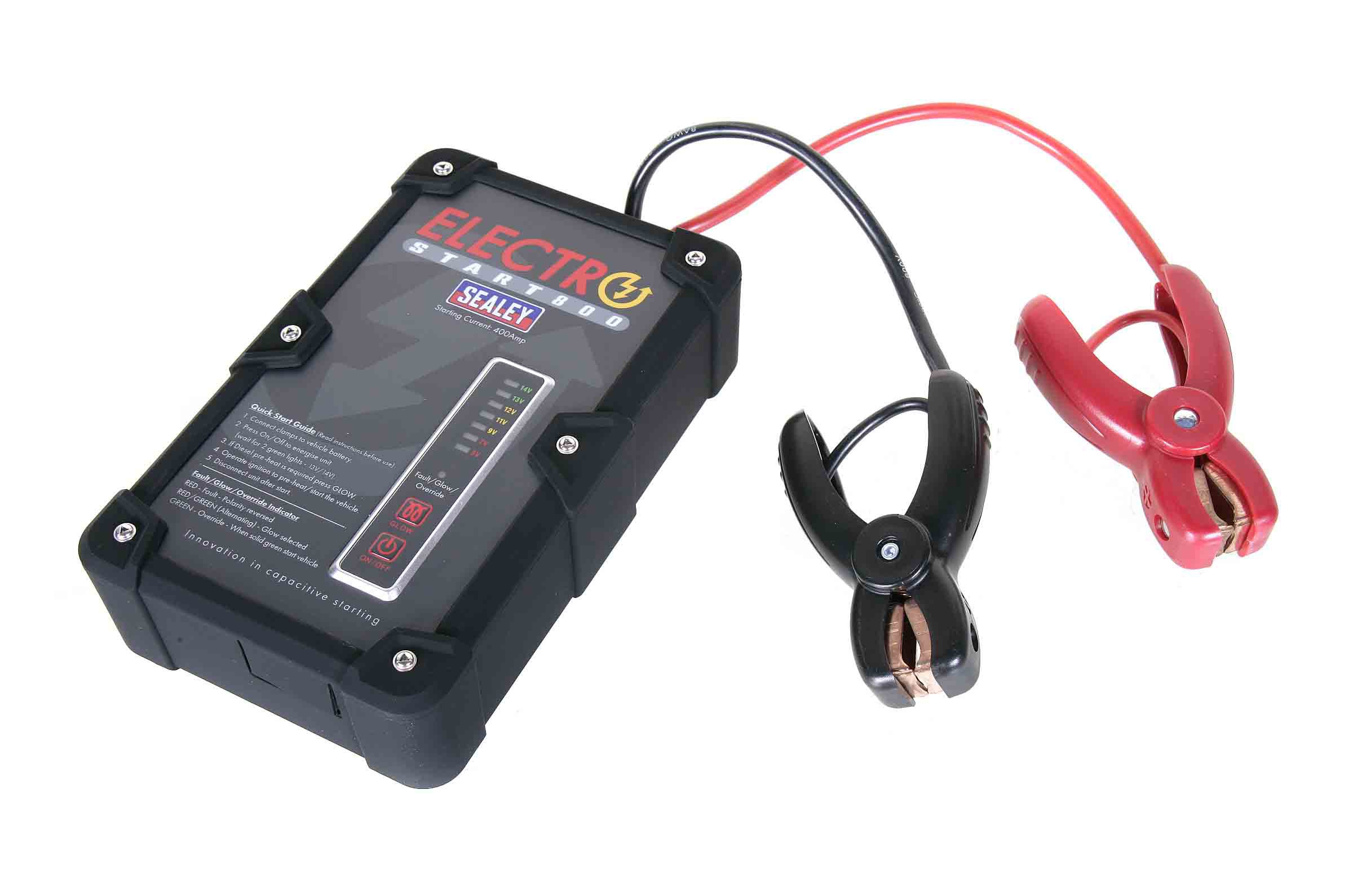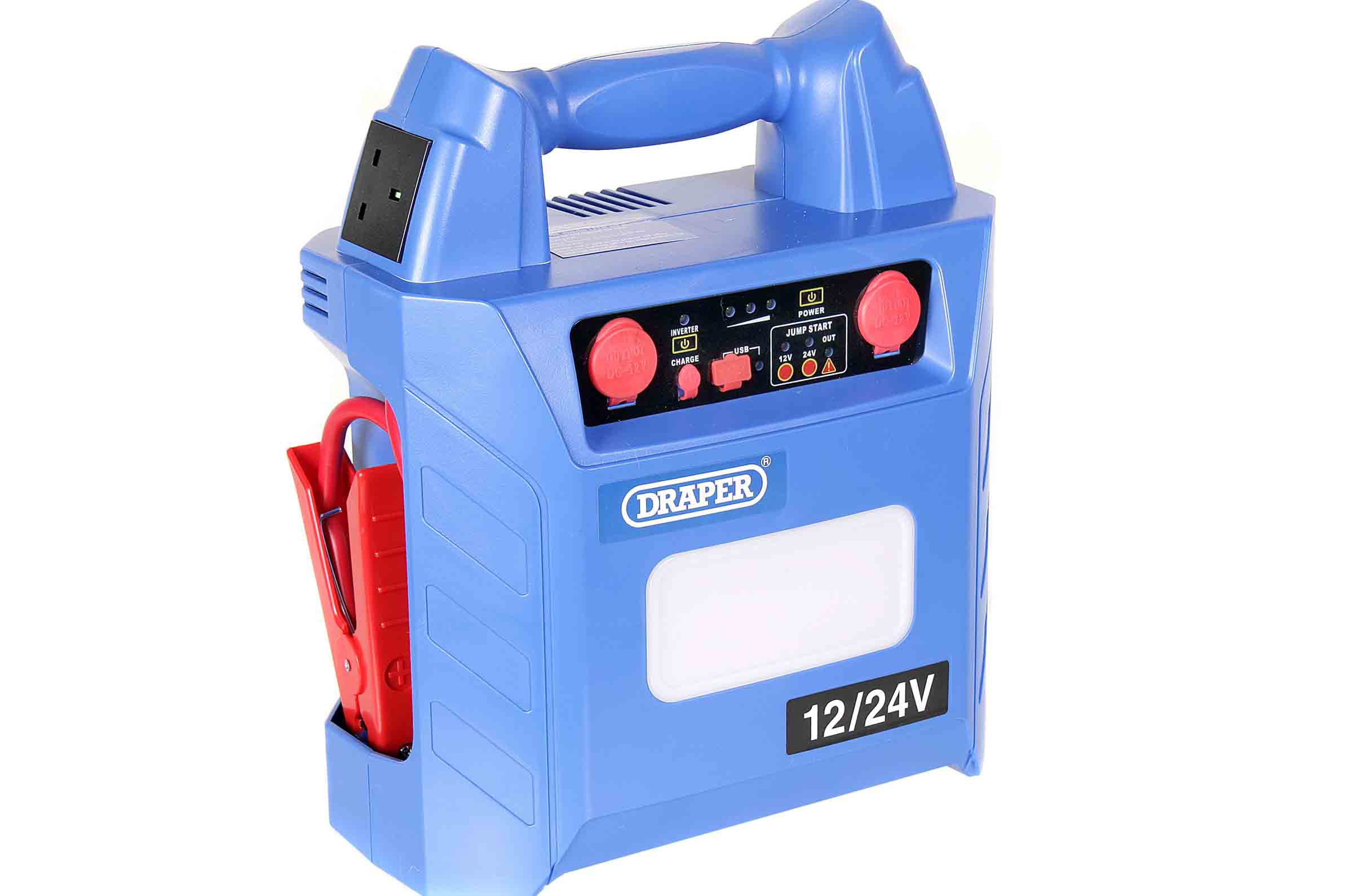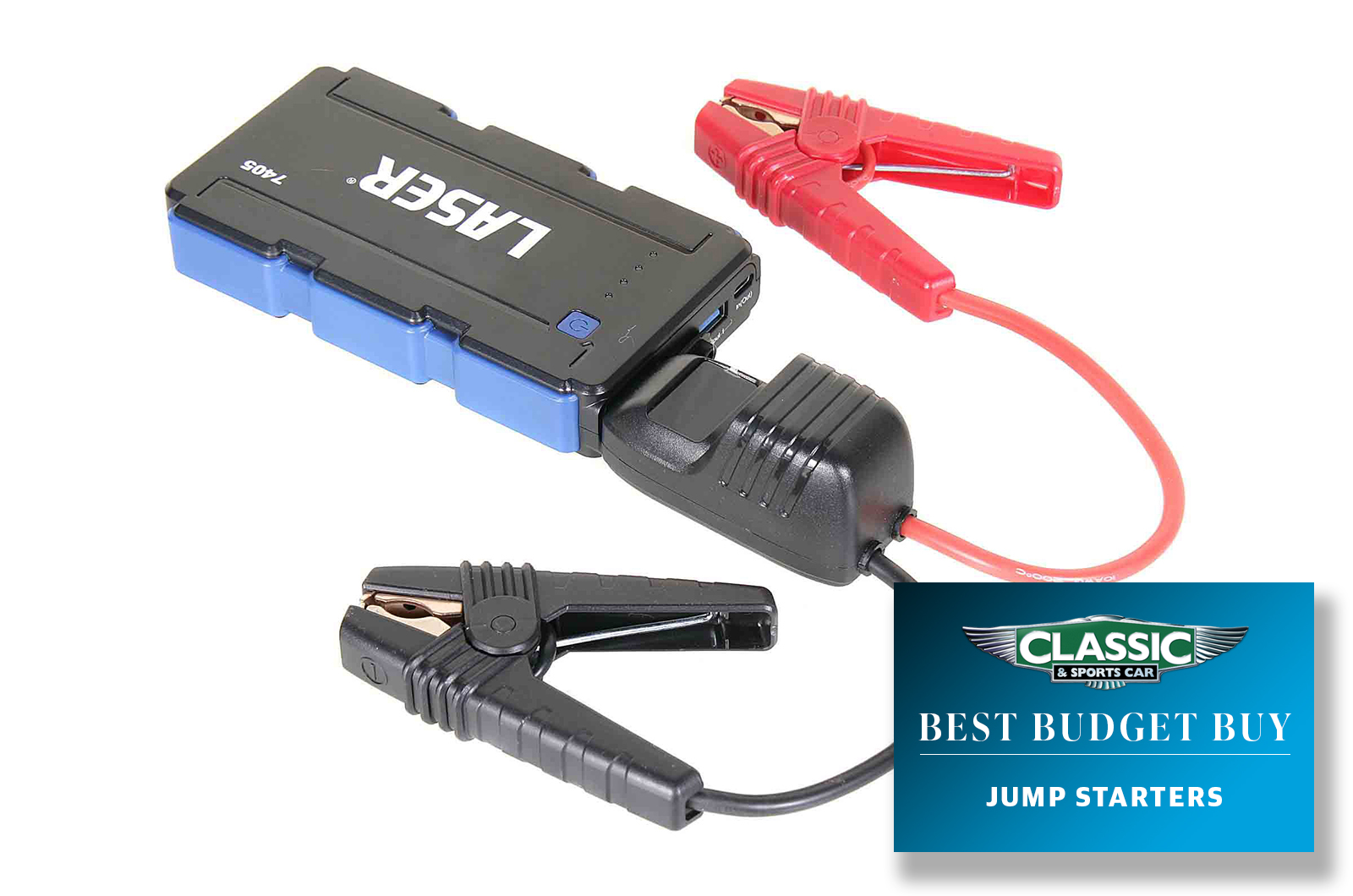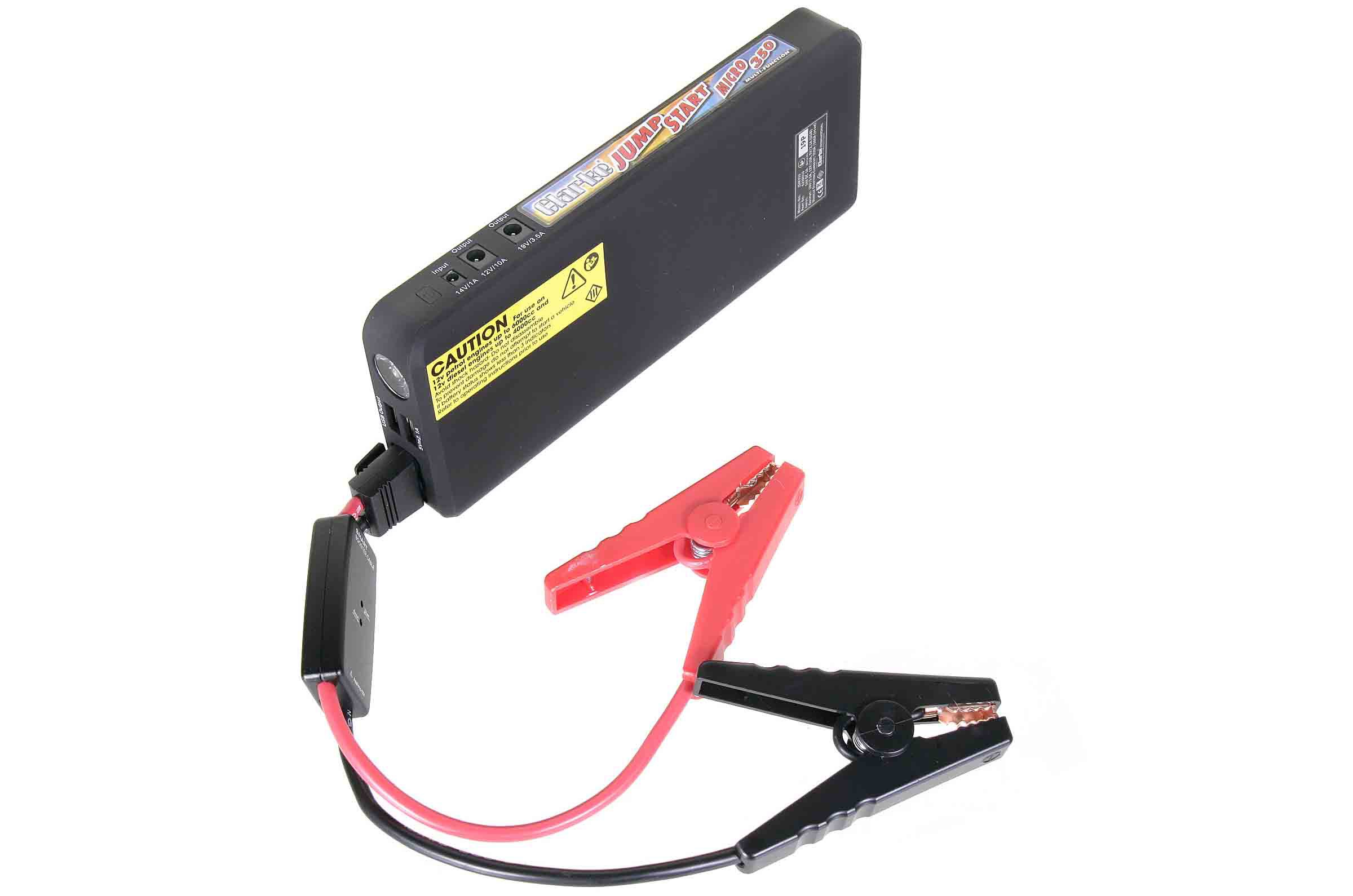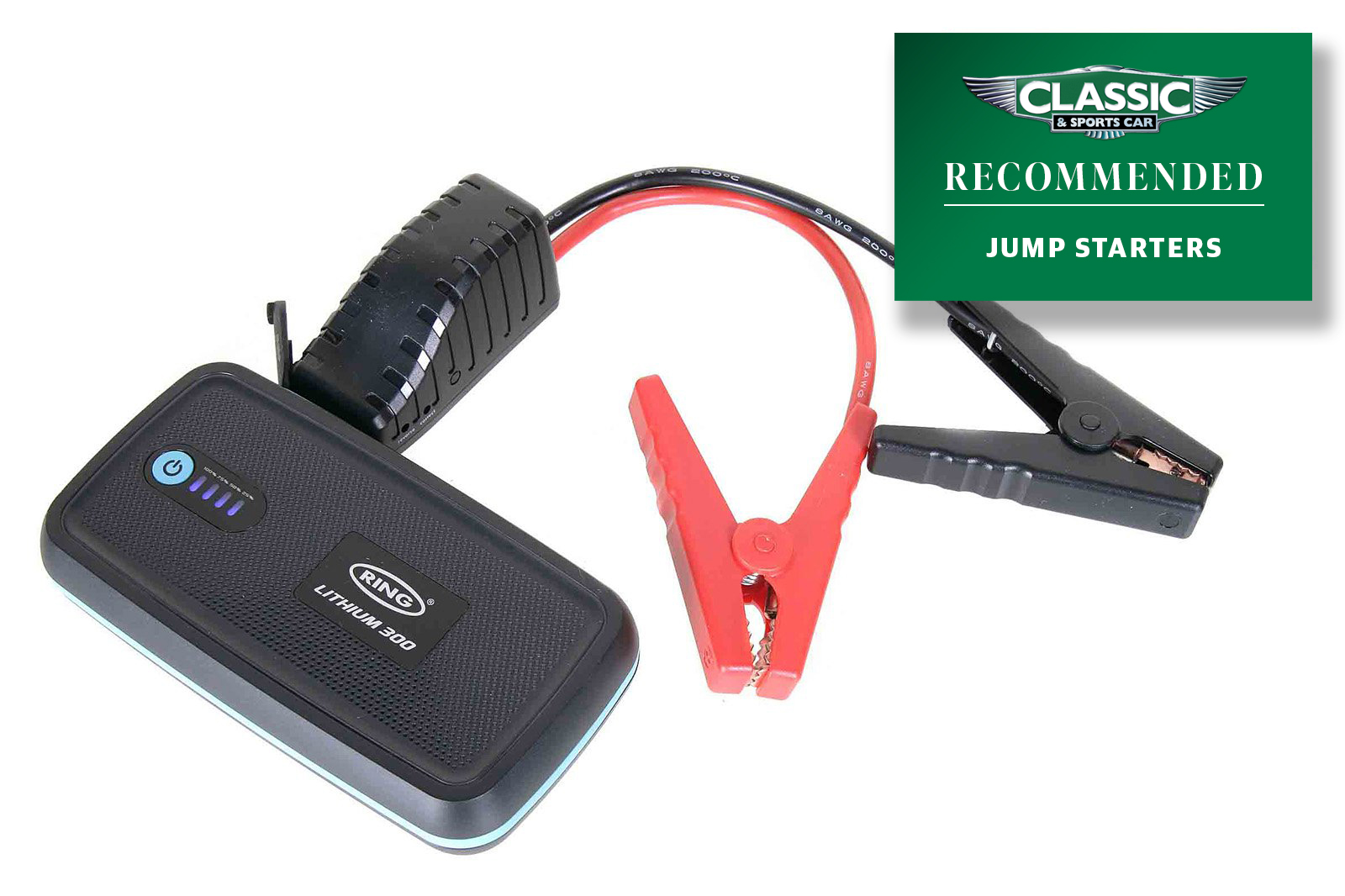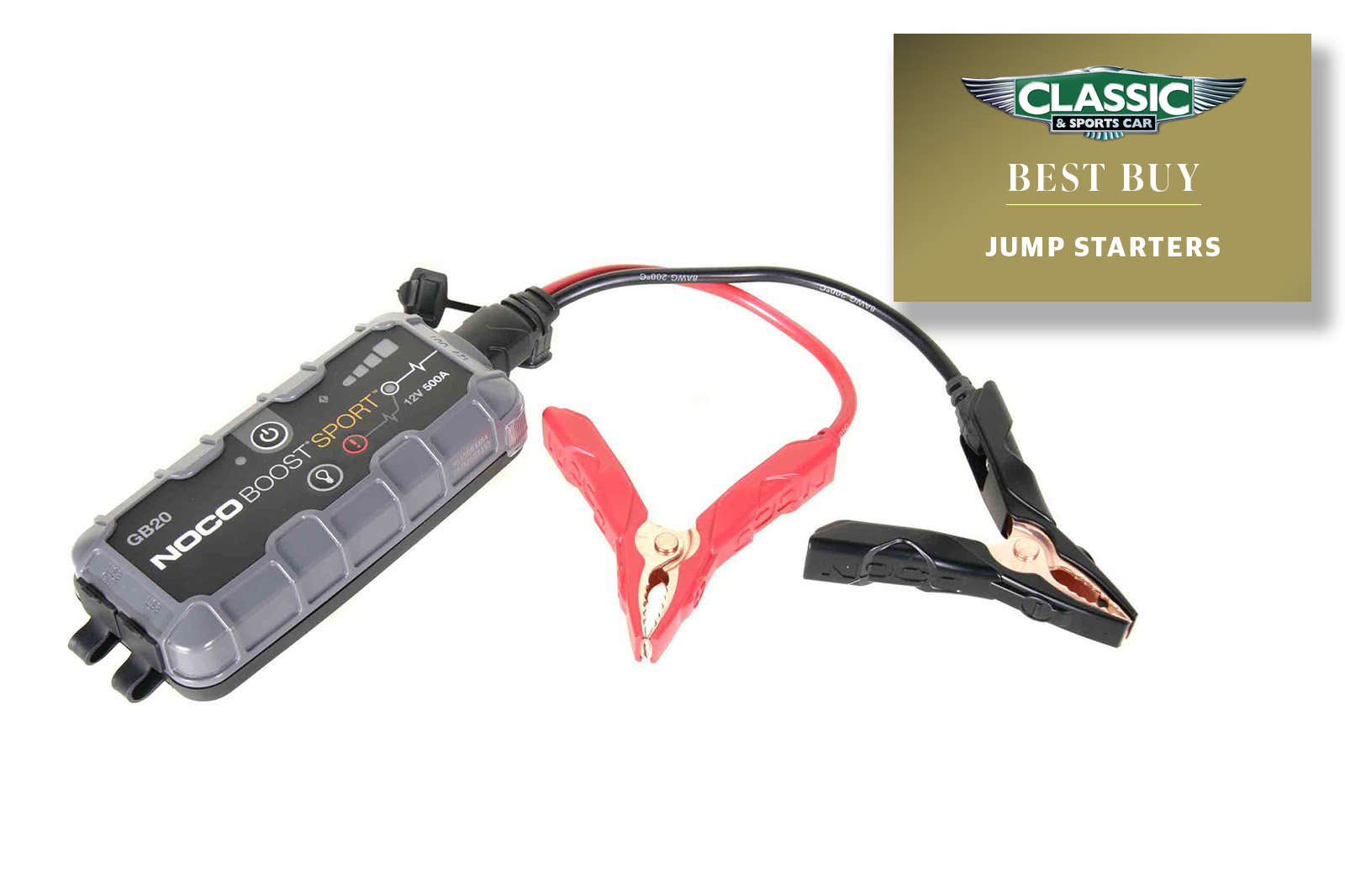
A flat battery is a risk in any car, especially if it’s left standing for longer periods of time. Here, we look at which jump starters are best for you and your classic.
You’ll find both lithium- and lead-based batteries in modern jump-starter packs, so we’ve been sure to test both varieties to see what the pros and cons are.
We’ve also factored in the other features the units offer, such as a USB, 12V or even a three-pin charging socket, which is particularly useful for camping or classic car shows, when portable charging power is invaluable – and a flat battery is more likely, too.
Naturally, we’ve also considered how powerful our starters are, as well as the safety features that they offer, such as warnings against wrongful connection or dead shorts.
There’s also the issue of how often the jump starter itself needs to be charged – which can be as often as every two months with lead batteries, while some of the lithium-based cells can be left for up to six months before needing a maintenance charge.
Jump starters
10. Clarke Jump Start 4000
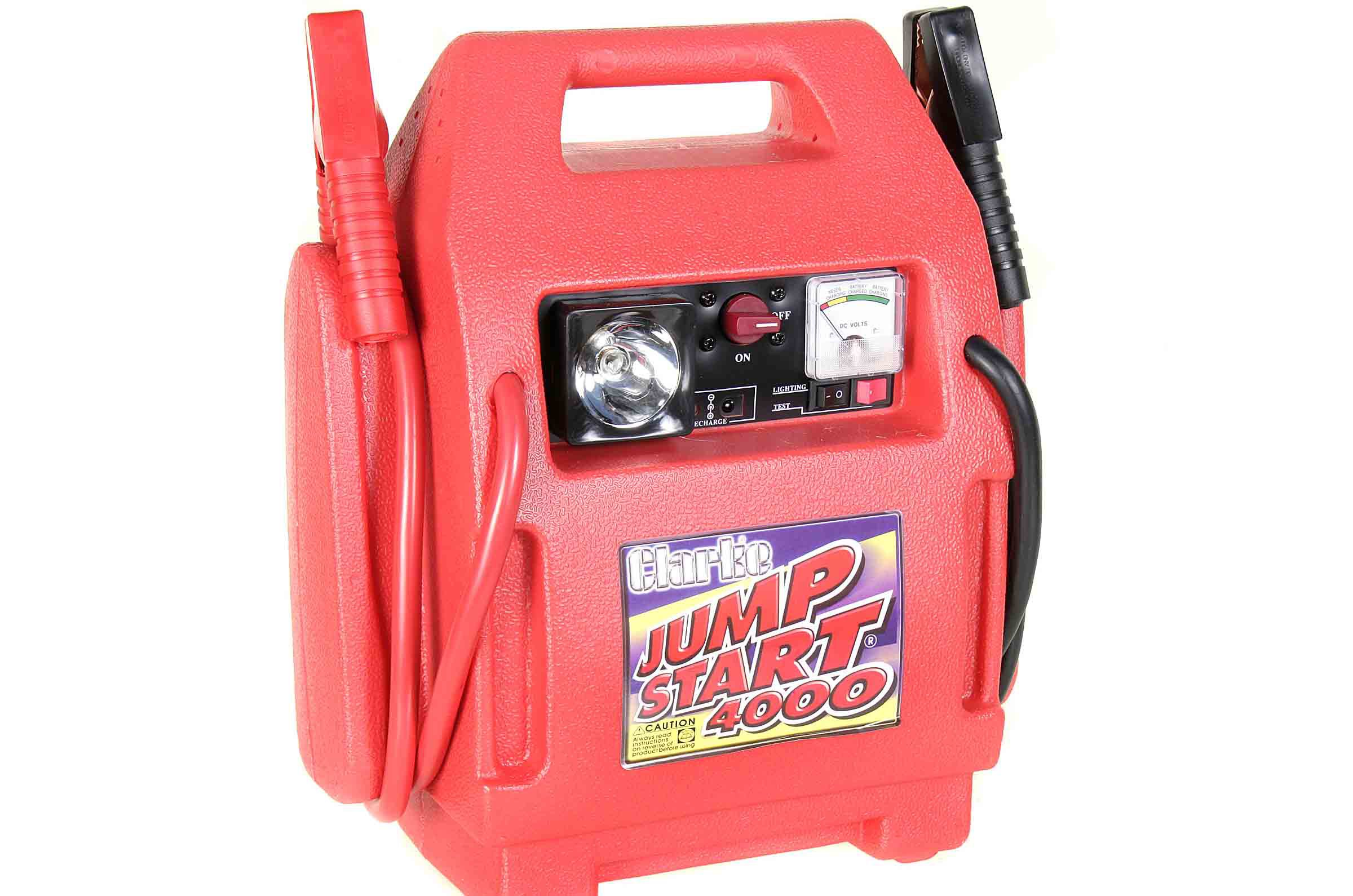
Manufacturer’s recommendation Petrol up to 6.0 litres, diesel up to 4.0 litres
At 17kg, the Clarke Jump Start is a seriously heavy piece of kit, but the pay-off is that there are very few engines that the 40Ah battery won’t bring back to life.


